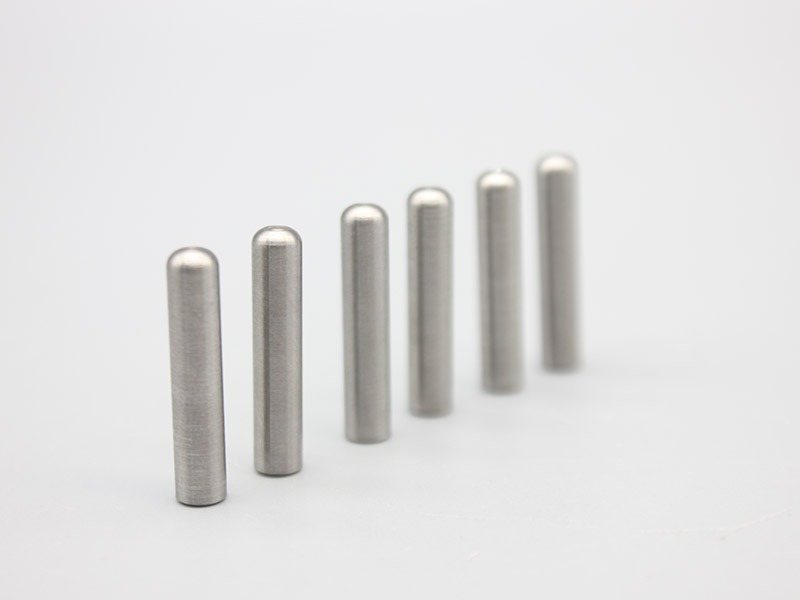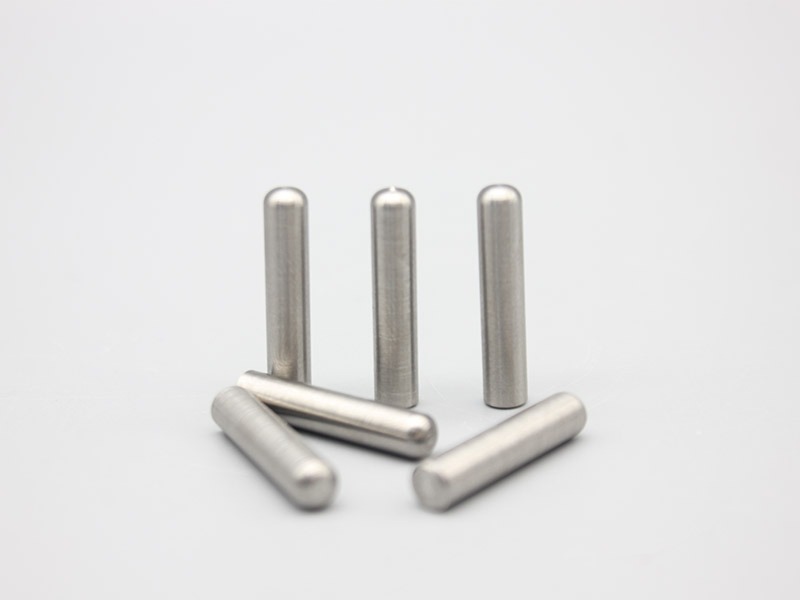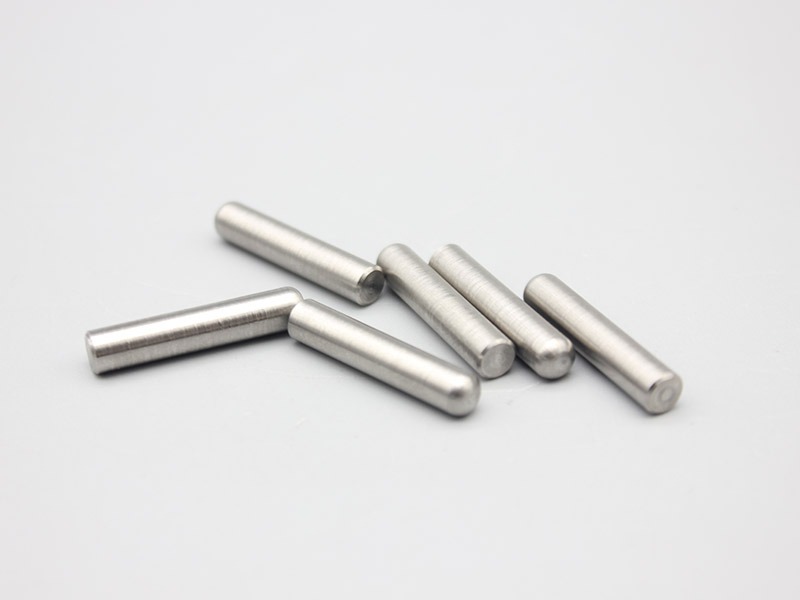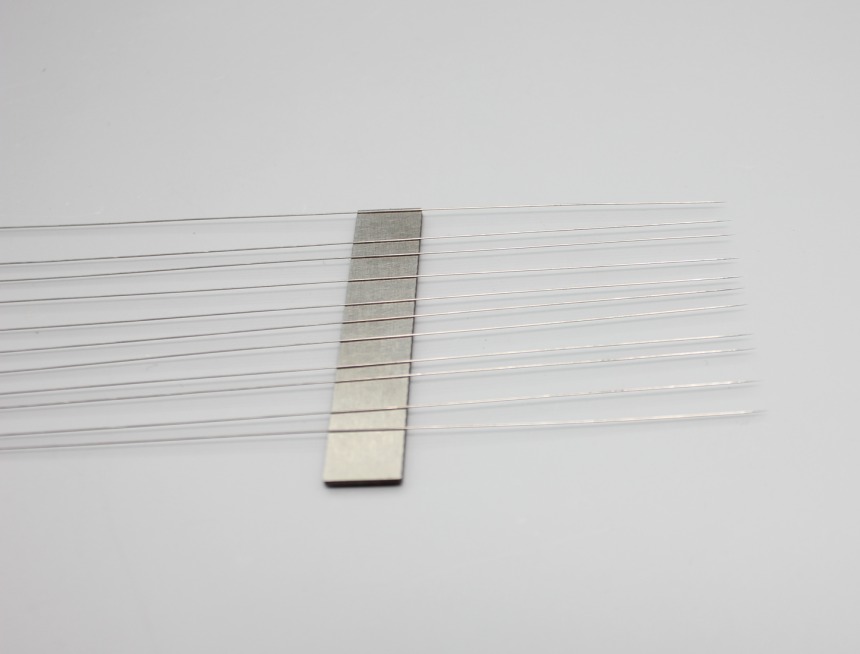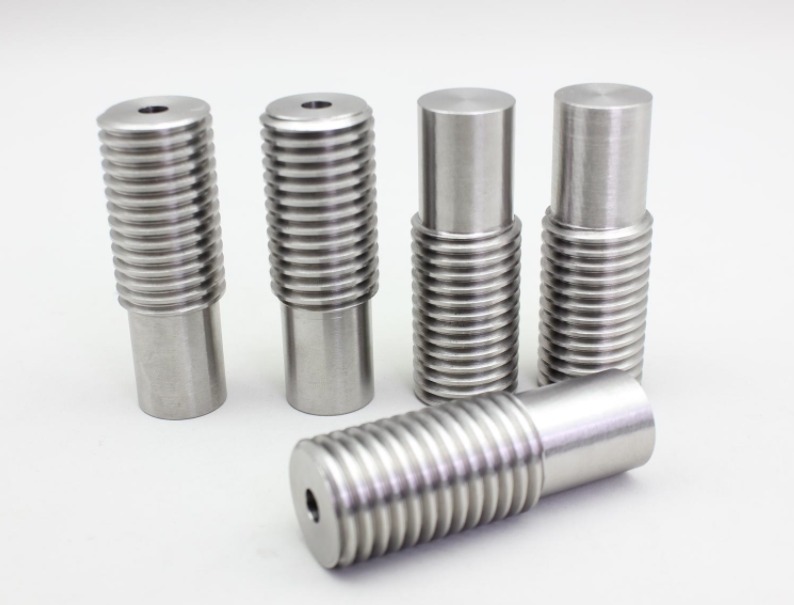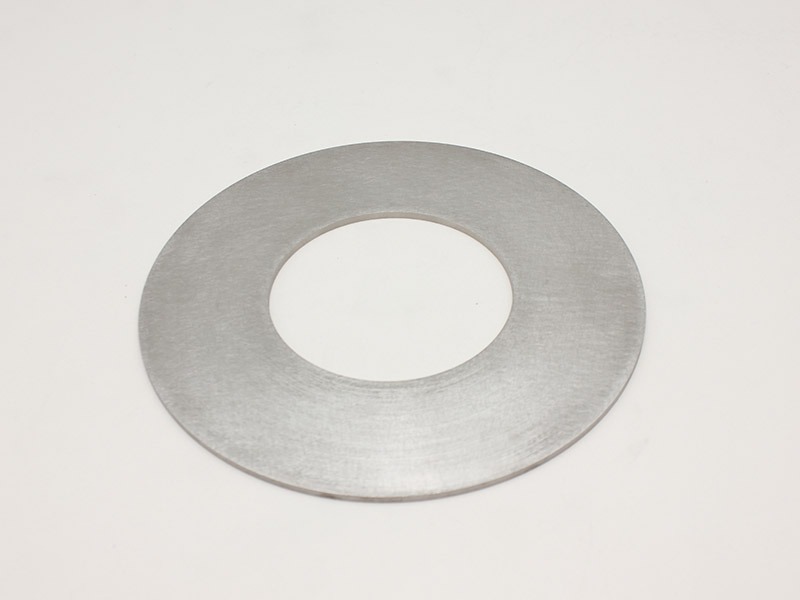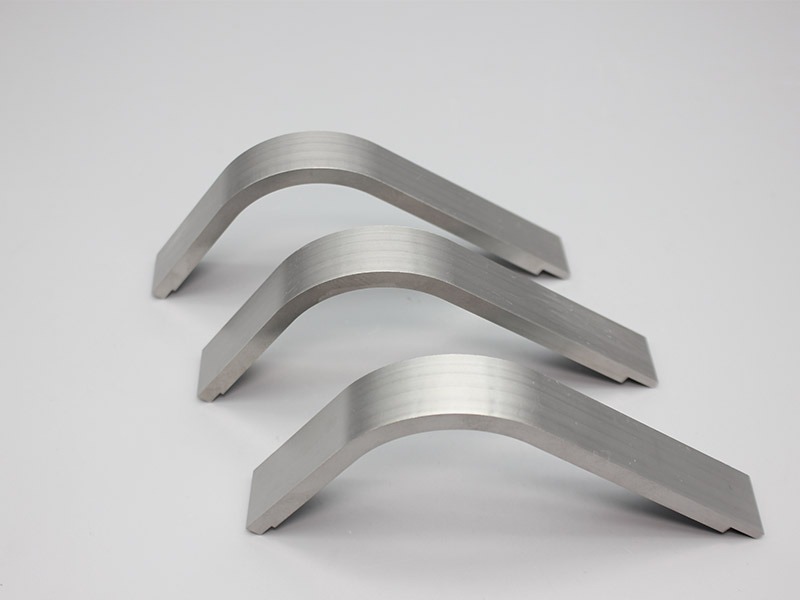Offer high density tungsten alloy fittings
| Payment Type: | T/T |
| Incoterm: | FOB,CIF,EXW,FCA,Express Delivery |
| Min. Order: |
200 Piece/Piece |
| Transportation: | Ocean,Air,Express |
Attributes
Model No.: JDTG-CM-010
Brand: ZZJD
Place Of Origin: China
Size: Custom-made
Material: 95WNiFe
Density: 17.8~18g/cm³
PACKAGING & DELIVERY
Selling Units :Piece/Pieces
Package Type : Standard export packing
DESCRIPTION
High Density Tungsten Alloy Fittings
High density tungsten alloy fittings are made from tungsten-based alloys with added elements such as nickel, iron, and copper. These fittings are designed for applications where high-density materials are required in a limited space, offering a combination of high density, strength, and thermal stability.
Performance Advantages
High-density tungsten alloy fittings exhibit several performance advantages that make them suitable for various industrial applications:
-
High Density: These alloys have a high density, typically ranging from 16.5 to 19.0 g/cm³, which is higher than most other metals, providing maximum concentrated weight in the smallest possible space.
-
High Strength: They possess high tensile strength, which can range from 700-1000 MPa.
-
Thermal Stability: Tungsten alloys maintain their properties under high temperatures, making them suitable for use in high-temperature environments.
-
Wear Resistance: They exhibit good resistance to wear, which is crucial for applications involving friction and abrasion.
-
Radiation Absorption: Tungsten alloys have a strong ability to absorb radiation, making them useful in radiation shielding applications.
-
Good Machinability: Despite their hardness, tungsten alloys can be machined using conventional methods.
Applications
High-density tungsten alloy fittings are used in a variety of applications where their unique properties are beneficial:
-
Balancing Weights: Used in mechanical systems to balance rotating parts.
-
Radiation Shielding: Utilized in medical, nuclear, and industrial applications to protect against harmful radiation.
-
Aerospace and Defense: Employed in aerospace components and military equipment where high density and strength are required.
-
Oil Drilling: Used as counterweights in oil drilling operations.
-
Electrical Contacts: Used in high-density electrical contacts and circuit breakers.
-
Sports Equipment: Used in professional darts and golf club heads for added weight and balance.
Some common tungsten alloy fittings include:
1. Tungsten alloy collimators: These are used in medical imaging equipment to shape and direct radiation beams.
2. Tungsten alloy weights: These are used in various industries to provide balance and stability to machinery and equipment.
3. Tungsten alloy electrodes: These are used in welding applications due to their high melting point and resistance to corrosion.
4. Tungsten alloy nozzles: These are used in the oil and gas industry for drilling and fracking operations.
5. Tungsten alloy heat sinks: These are used in electronic devices to dissipate heat and prevent overheating.
Overall, tungsten alloy fittings offer a range of benefits, including high strength, corrosion resistance, and thermal stability, making them a popular choice for a wide range of applications.
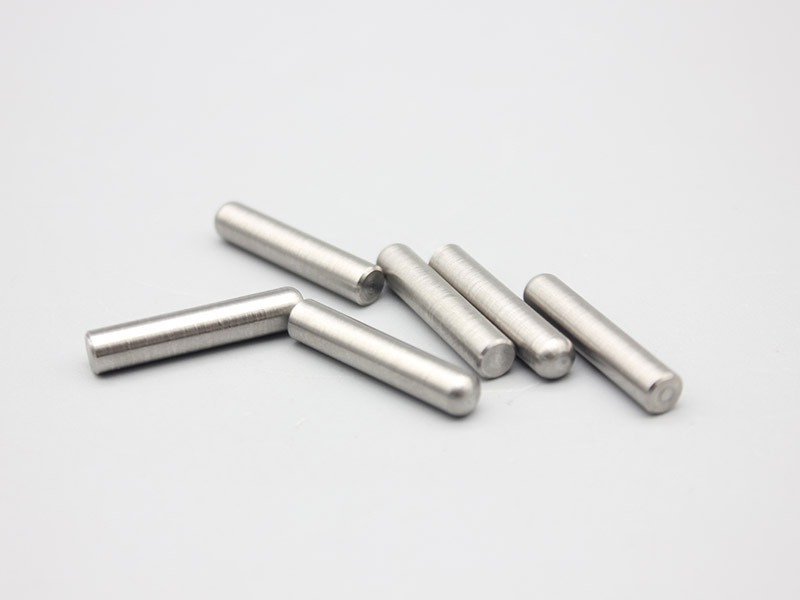
Tungsten Alloy Cylinder Specification:
1.Diameter: 2.0-100.0mm
2.Length: 50-1000mm
3. Density: 16.5-18.75 g/cm3
4.Composition: W content: 85-99%, W-Ni-Fe, W-Ni-Cu
5.Surface: Sintered surface, Forged surface, Ground surface

 EN
EN AR
AR FR
FR DE
DE HI
HI IT
IT JA
JA KO
KO PT
PT RU
RU ES
ES ID
ID LV
LV VI
VI HU
HU MS
MS GA
GA BE
BE YI
YI EU
EU